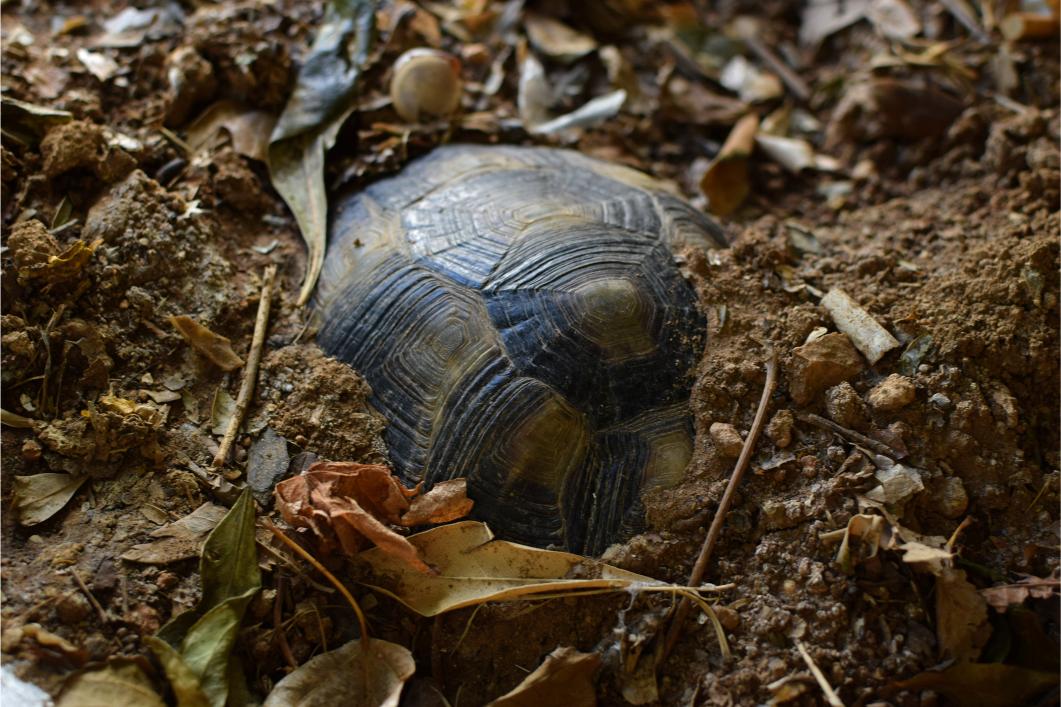How Can You Prepare Your Exotic Pet for Shorter Days? 5 Light and Temperature Tips

As we creep closer to the cozy, festive, darker days of autumn, things start a-changin’ in our homes. Our pets—even the exotic ones that live in their own enclosures—feel these changes, too.
Below, the team at South Texas Avian & Exotic Hospital shares light and temperature tips to keep in mind as we transition from summer to fall.
5 Fall Habitat Adjustment Tips for Exotic Pets
1. Update Your Reptile UVB Schedule for Cooler, Darker Days
Reptiles need ultraviolet B (UVB) in their enclosures to create vitamin D3. This vitamin is key for helping with calcium absorption and bone health in your scaly friend. During the fall, reptiles need to maintain that UVB schedule.
Aim for 10-12 hours of high-quality UVB light every day. Use full-spectrum T5 bulbs, but remember—they must be changed out every 6-12 months. Even if the lightbulb seems bright, it stops producing as much UV over time.
Vet’s tip: Set up a reminder in your phone or calendar to replace UVB bulbs every fall and spring. Use a Solarmeter to keep an eye on your exotic pet enclosure’s UV levels in the between times.
2. Create a Natural Temperature Gradient in the Enclosure
Fall brings (slightly) cooler days and nights to South Texas. Try to replicate this change in your reptile or exotic pet’s enclosure.
For reptiles, the basking zone should be around 108 to 113°F with a cooler zone between 77 and 89°F.
Keep in mind that not all reptiles require the exact same temperatures. Make sure you know what’s ideal for your species. If you have questions about the right temp for your pet, ask your exotic pet veterinarian for help.
Vet’s tip: Put a separate temperature probe in each zone (basking and cooling) to make sure the temperatures stay consistent in both.
3. Support Your Bird’s Circadian Rhythm
Animals instinctively keep track of changes in seasons by measuring the length of the day. In birds, this cycle is especially important.
Our avian friends’ internal clocks depend on rhythmic cycles of light and dark, and dim light at night—or constant light in an effort to make up for shorter days—can change your bird’s sleep, singing, and hormonal behavior.
Vet’s tip: Give your bird 10-12 hours of full-spectrum lighting during the day. At night, make sure there’s total darkness where your avian family member sleeps.
4. Balance the Enclosure’s Humidity and Ventilation
As heaters run in your home with the cooler weather, humidity levels often drop in the home. This can negatively affect your reptile or amphibian by hindering normal shedding patterns and reducing respiratory health.
Vet’s Tip: Use a hygrometer to track humidity levels in your pet’s enclosure. Regularly mist the habitat or use a humidifier that’s safe for reptiles to maintain the proper levels for your species. Not sure what the right humidity level is? Reach out to an exotic pets vet for help.
5. Track Any Seasonal Behavioral Changes
Fall’s shorter daylight hours and lower temperatures can slow your pet’s metabolism down. While small changes in activity or appetite level can be normal, bigger changes aren’t.
Keep logs of your pet’s weight and eating habits throughout the week. Compare them at the end of each month. If you see any differences, it’s time to talk to your vet.
Vet’s tip: If your pet skips more than two meals, seems lethargic, or has another change in behavior, reach out to an exotics vet right away.
Exotic pet parents in Grapevine, Texas, and the rest of Tarrant County are welcome to see our experienced veterinary team at South Texas Avian and Exotic Hospital. We treat birds, reptiles, amphibians, and more—call us at (817) 953-8560 to schedule an appointment for your special pet.
